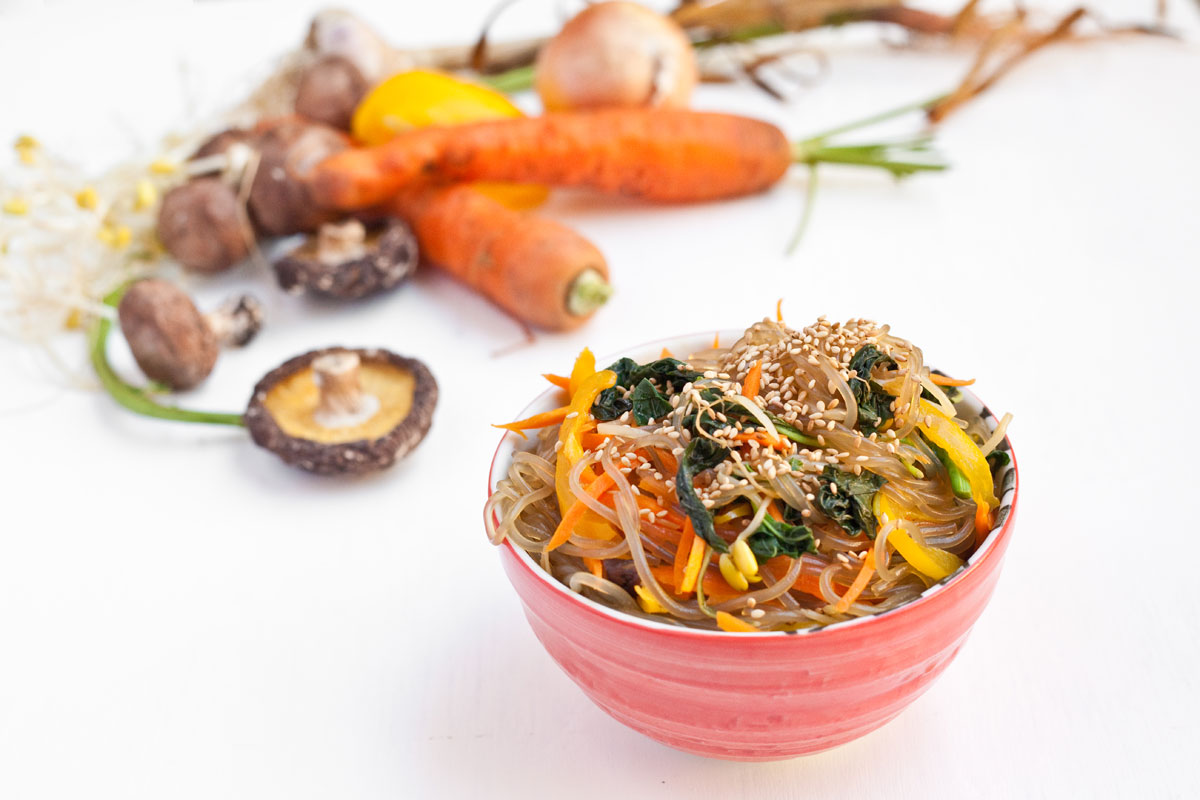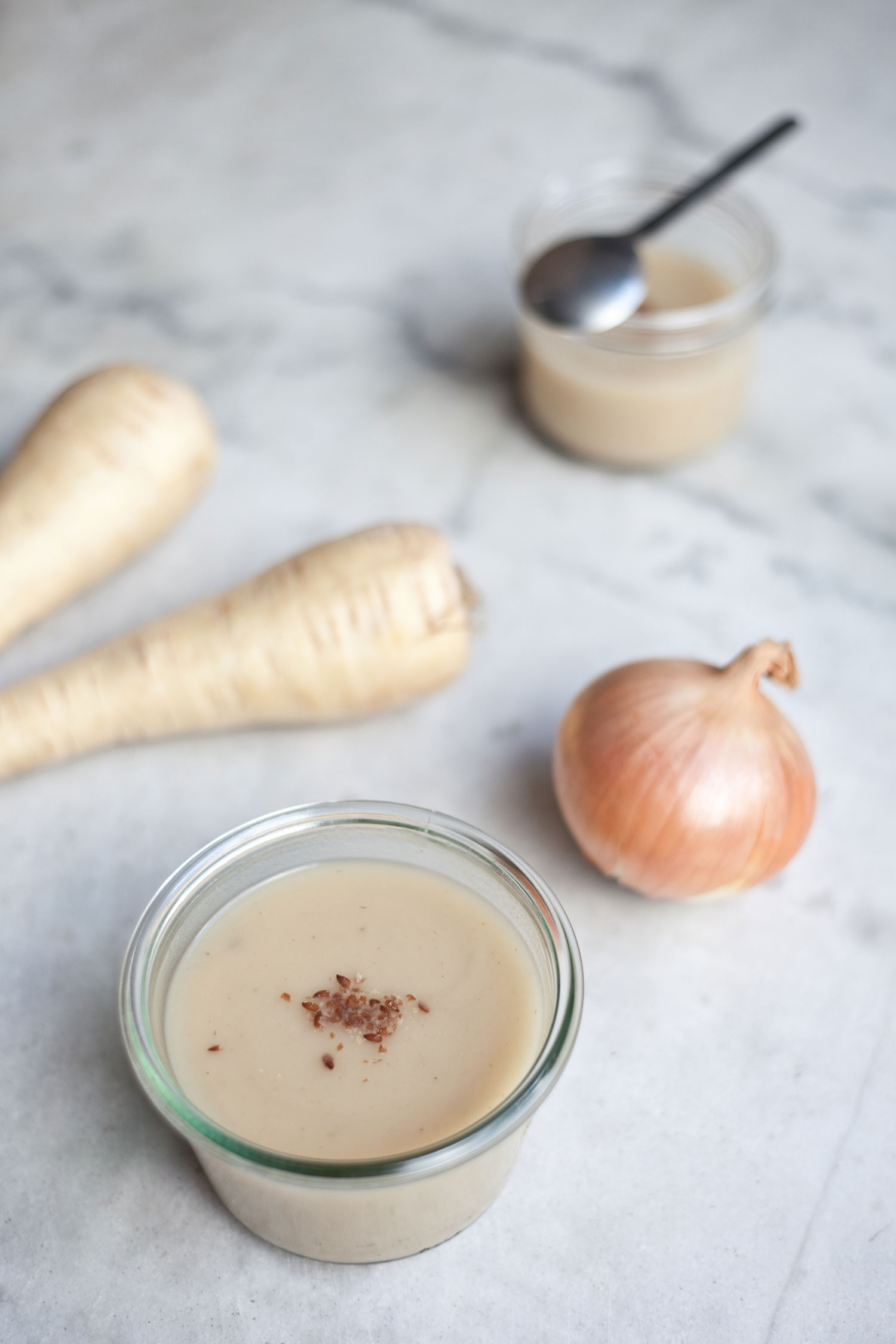There was one year during my elementary school years where I brought a bento box lunch as opposed to a brown bag lunch. I say one year because I went to about 4 or 5 different elementary schools and for some particular reason I really remember lunch time at only one particular elementary school.
This was the year my uncle, Iichigawa-san from Japan, came to stay with us. He would make me rice balls stuffed with umeboshi, a Japanese pickled salt plum (my favorite) or fill them with pieces of salmon or ikura (salmon roe) for my bento lunch. Sometimes they were round like a ball and sometimes they were shaped into triangles. Sometimes they were wrapped with nori (seaweed) and other times just sprinkled with furikake, mixed savory sprinkles.
This is when I had my Molly Ringwald moment from The Breakfast Club "sushi lunch scene"—so if you can imagine what the kids' reactions were towards sushi in the 80's...I clearly wasn't the most envied one while chomping down into my black seaweed covered rice balls.
Seaweed is a health food and sushi has gone global. I now make this with flavored rice, experimenting with different grains, beans, and seeds and adding shredded vegetables into the mix. It's practical for picnics and makes a great snack. Create your own onigiri according to your own tastebuds!
Onigiri (Japanese Rice Balls)
INGREDIENTS//Yields 4
• 2 cups Japanese short grain rice
• 1/2 cup roasted buckwheat groats (kasha)
• 1/2 cup adzuki bean flakes
• 1 small avocado
• 2 sheets of Korean style roasted seaweed
• yukari (dried shiso leaf powder)
• sesame seeds
• 1 tablespoon amaranth seed, popped
INSTRUCTIONS
In your removable rice cooker pot add the rice and rinse with water using your hands to swish the rice and water around. The water will be cloudy. RInse until it gets less cloudy.
Add the buckwheat and adzuki beans, and fill the pot with water to the point where indicated for 3 cups of water—I usually add 1/4-1/2 cup water more.
Place it back in your rice cooker and select the mode for cooking rice.
When cooked, using your rice spatula genlty flip through the rice to fluff it up a bit.
Let the rice cool down before handling.
If using a onigiri triangle mold, wet it beforehand so that the rice does not stick to it (remember to do it before each one).
Simply fill the mold with rice just below the halfway point and create a dent in the middle.
Scoop out a quarter of the avocado and place it in the middle. Be careful not to overstuff.
Fill the top half with the rice mixture press down with the lid onto the rice.
Take the lid off, flip over the mold, and press down on the flexible backside to push out the rice.
You can also use your hands to mold the rice into balls or triangles: Keep your hands wet, spread the rice out on the palms of your hands, place the fillings in the center, fold up the rice around it, pack it tightly with your hands, and form it into the shape you like.
Sprinkle it with some sesame seeds and/or yukari (adds a tangy and slightly salty taste), and popped amaranth seeds.
Cut your Korean roasted seaweed in half lengthwise, place the rice triangle in the middle and fold up the sides of the seaweed pressing the seaweed into the rice so that it sticks. Bend the top flaps of the seaweed down along the sides of the triangle so that the rice triangle is entirely wrapped.
NOTE
I use Korean or Japanese seaweed. Korean seaweed is more flavorful because it is roasted with oil and salt. Check the ingredients list making sure it is short and not added with additional salt, sugar or artificial ingredients.































